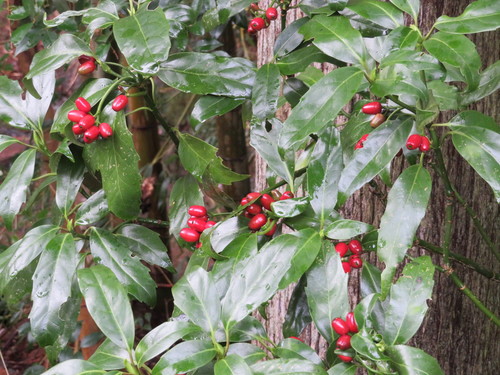Introduction
Successful composting depends on balancing two key ingredients: browns (carbon-rich materials) and greens (nitrogen-rich materials). When these are combined in the right ratio, microorganisms thrive, breaking down organic matter into dark, crumbly compost that nourishes your soil. Understanding what counts as browns and greens is the first step to mastering composting.
What Are Browns?
Browns provide carbon, the energy source for compost microbes. They are usually dry, fibrous, and bulky, which also helps improve airflow within the compost pile.
- Dry leaves
- Shredded paper and cardboard (non-glossy, ink-free when possible)
- Coco coir or peat moss (soaked before use)
- Sawdust or wood shavings (in small amounts)
- Straw and hay
What Are Greens?
Greens provide nitrogen, which fuels microbial growth. They are typically moist, soft, and quick to decompose, helping heat up the compost pile.
- Fruit and vegetable scraps
- Coffee grounds and tea leaves
- Fresh grass clippings
- Plant trimmings or spent flowers
- Crushed eggshells (though technically not nitrogen, they add minerals)
Why the Balance Matters
The ideal compost pile is roughly 2–3 parts browns for every 1 part greens by volume. Too many greens lead to a smelly, soggy pile, while too many browns slow decomposition. The balance keeps microbes happy and speeds up composting.
Practical Tips
- Chop or shred materials: Smaller pieces break down faster and prevent clumping.
- Alternate layers: Start with a brown base, then layer greens and browns as you add material.
- Keep some browns handy: Store a bag of dry leaves or shredded paper nearby to sprinkle on top of fresh kitchen scraps.
- Moisture check: Greens add moisture, but if the pile dries out, sprinkle water as needed.
Quick Summary
Gathering a mix of browns and greens is the foundation of composting. Browns like dry leaves and cardboard provide carbon and structure, while greens like fruit scraps and coffee grounds supply nitrogen. Balance them in a 2–3:1 ratio, and you’ll create the perfect environment for compost microbes to thrive.







